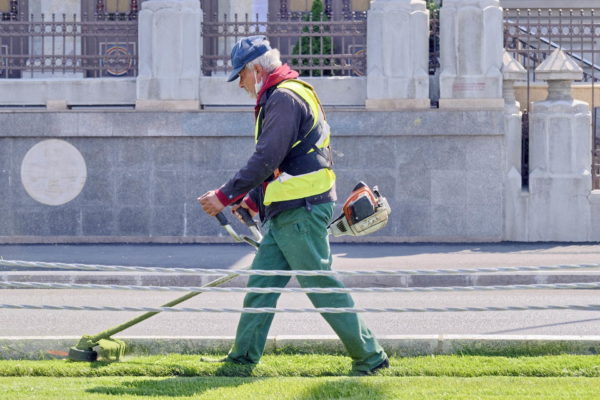This question often causes a great deal of confusion. There are plenty of common household goods which are dangerous – bleach, shotgun shells, fireworks, hair dye, the gas bottle for your BBQ and more. You carry some of these back from the supermarket without needing any dangerous goods qualifications, but at what point do limits start to apply?
In 2022, 19 drivers were fined for transporting dangerous goods without having a current D endorsement on their licence.
When the Land Transport Rule: Dangerous Goods 2005 was introduced, some flexibility was introduced into the regulations with regard to the transport of some dangerous goods. This is dependant on the type, quantity, and their intended use.
To meet these less stringent requirements, the following conditions must be met.
- Dangerous goods transported for domestic or recreational purposes, but not transported for hire or direct reward.
- The quantities of these products must be within the limits of Schedule One.
As an example, Class 2.1 flammable gases may be carried up to a quantity of 250 water litres before all the requirements of the dangerous goods legislation apply.
The following still applies:
Transport: The dangerous goods must be loaded, secured, segregated, transported and unloaded in a safe manner to protect people, property, and the environment. In other words, gas bottles for example, even though they not required full restraint, they still have to be secured safely. Find out more about load restraint here.
Packaging: This must be compatible with the product it contains and appropriate and robust enough to withstand handling and transport.
Marking and Labelling – These must meet one of the following:
- Class labels, United Nations number and proper shipping name, or
- The DGLQ or consumer commodities marking, or
- Labels and/or markings required by other legislation.
No other requirements must be met, and the driver does not require a dangerous goods endorsement on their driver’s licence.
Where the quantities of dangerous goods exceed Schedule One, either as a single class or as an aggregated load, all requirements of the rule for packaging, marking, labelling and segregation and transport procedures will apply.
Dangerous goods transported for use as tools of trade, for agricultural use and for a commercial purpose, but not transported for hire or direct reward and where the quantities are within the limits of schedule one.
For example, carrying a tin of petrol for your lawn care business will fall under the maximum limits, but carrying petrol in a tanker won’t.

Transport: The dangerous goods must be loaded, secured, segregated, transported, and unloaded in a safe manner to protect people, property, and the environment. In other words, gas bottles for example, even though they don’t require full restraint, still have to be secured safely.
Packaging: This must be compatible with the product it contains and appropriate and robust enough to withstand handling and transport.
Marking and Labelling: These must meet one of the following:
- Class labels, United Nations number and proper shipping name, or
- The DGLQ or Consumer Commodities marking, or
- Labels and/or markings required by other legislation.
Emergency Response Information: Must be carried in the vehicle. Carriage of the Dangerous Goods Study guide, available with our dangerous goods course, will meet this requirement.
Training: A person or organisation must be able to demonstrate knowledge appropriate to the nature, quantity, and use of the dangerous goods being transported. If the quantity limits exceed schedule one, the vehicle operator must hold a dangerous goods endorsement on their driver’s licence or a Certified Handler’s Certificate.
No other requirements must be met, and the driver does not need to hold a dangerous goods endorsement.
Where the quantities of Dangerous Goods Exceed Schedule One, either as a single class or as an aggregated load, all requirements of the rule for packaging, marking, labelling and segregation and transport procedures will apply.

